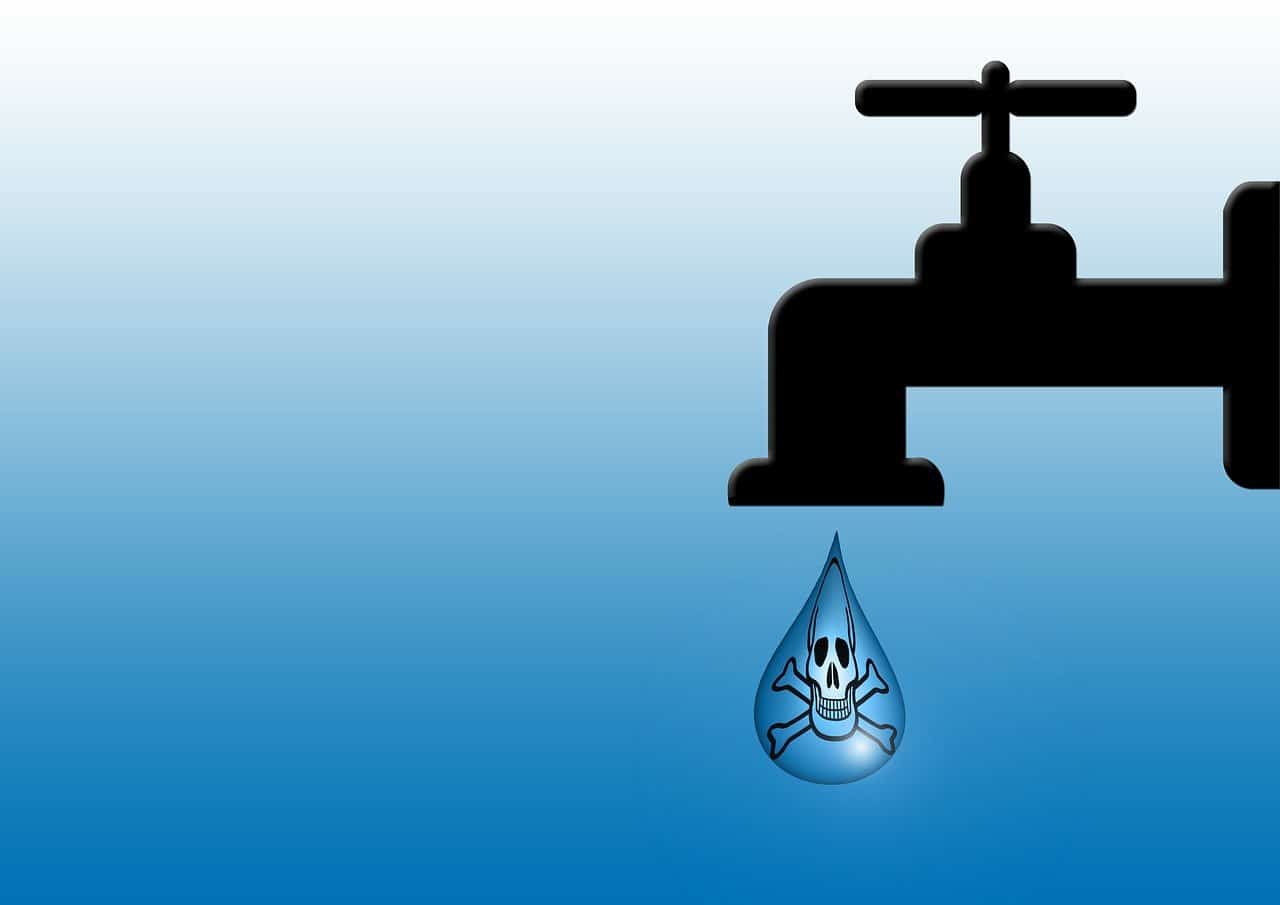Recently, Costa Rica faced a serious water contamination crisis affecting various sectors of San José, prompting decisive action from authorities. The Public Prosecutor’s Office has confirmed the initiation of an investigation file in response to the escalating situation.
Led by the Judicial Investigation Agency (OIJ), the probe has yet to pinpoint any suspects in connection with the contamination, which has sent shockwaves across affected communities.
The crisis
The crisis unfolded on Monday, January 22, with residents reporting an unusual smell and taste of gasoline in areas including Moravia, Goicoechea, and Tibás. The issue quickly spread to districts in Montes de Oca and the central canton of San José, alarming authorities, and residents alike.
Despite initial ambiguity, the Costa Rican Institute of Aqueducts and Sewers (AyA) eventually confirmed the presence of hydrocarbons in low concentrations, issuing warnings against water usage and consumption.
In response to the risks posed by the contaminated water supply, authorities initiated a distribution process via cisterns while intensifying efforts to clean affected tanks. However, these measures yielded little success, exacerbating frustration among impacted residents. Subsequently, authorities opted to interconnect alternative water supply points in a bid to mitigate the crisis.
Amid growing uncertainty, questions regarding the nature of the contaminant loomed large. While early studies dismissed the presence of xylene, subsequent intervention by the University of Costa Rica (UCR) confirmed its involvement in the contamination.
Investigations
Prosecutor Luis Diego Hernandez emphasized the need for a thorough investigation in light of these developments. “The case was opened following sampling conducted by Acueductos y Alcantarillados and public universities, which identified the substance as xylene,” he stated.
Hernandez underscored the versatile nature of xylene, highlighting its use in various industries and its potential ties to the drug market, including in the production of fentanyl.
Crucially, investigators are working to determine whether the contamination resulted from a direct or indirect spillage. “Current indications suggest that the contamination affected surface water rather than groundwater, indicating a discharge prior to the water’s entry into the treatment plant,” Hernandez explained.
Meanwhile, the Costa Rican Drug Institute (ICD) initially refuted any association between xylene and fentanyl. However, subsequent verification revealed regulatory measures surrounding the substance’s commercialization, raising questions about its legality.
By December, these restrictions, along with those governing numerous other substances, had been lifted, sparking debates about the adequacy of regulatory oversight.






